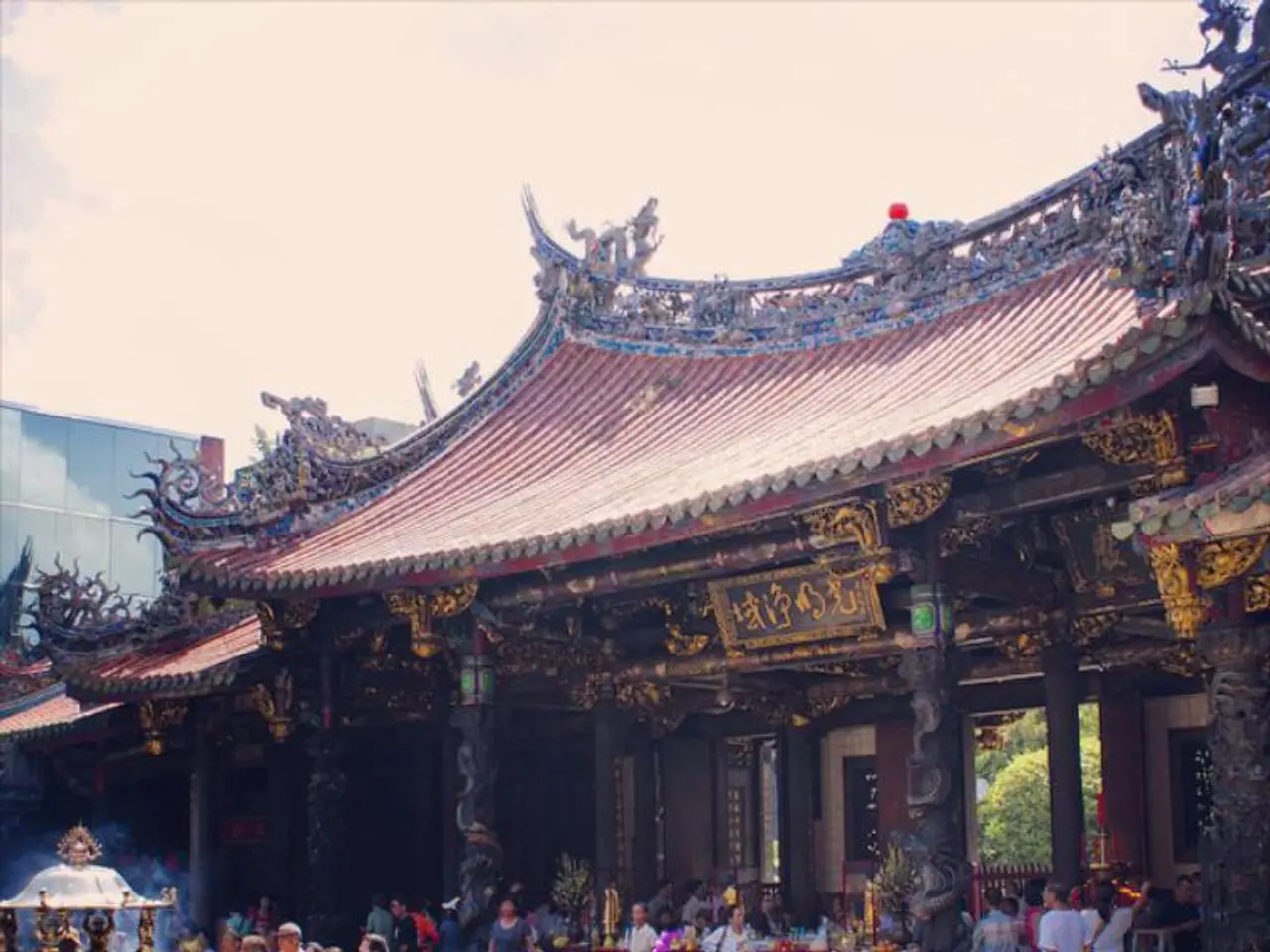Japanese Modernist Movement in Music
In the late 1950s, a revolutionary movement emerged in Japan, shaking up the world of cinema. Known as the Japanese New Wave, or "Nuberu Bagu" in Japanese, this movement rejected traditional narrative structures and filming techniques, instead embracing innovation and experimentation.
The Japanese New Wave had a significant impact on global cinema, influencing directors such as Quentin Tarantino and Jim Jarmusch. This movement's emphasis on character over plot shaped the indie, offbeat aesthetic of directors like Jarmusch.
One of the key figures of the Japanese New Wave was Shohei Imamura, whose works delved into the most primal aspects of human nature and the moral decay lurking beneath the surface of Japanese society. Imamura won two Palme d'Or awards for "The Ballad of Narayama" (1983) and "The Eel" (1997).
Seijun Suzuki, known for his stylistic flair and unconventional approach to storytelling, made a significant impact with films like "Tokyo Drifter" (1966), which features a vibrant color palette, surreal set pieces, and a plot that often veers into absurdity.
Nagisa Oshima, another prominent filmmaker of the Japanese New Wave, is known for his bold, controversial works that tackle taboo subjects. His film "In the Realm of the Senses" (1976) is infamous for blending eroticism with a critique of Japan's rigid social structures.
The thematic depth of the Japanese New Wave, grappling with complex issues such as alienation, rebellion, and identity, continues to resonate with contemporary audiences.
The movement also brought about innovative storytelling and style. Japanese New Wave filmmakers like Imamura, Suzuki, and Oshima pushed the boundaries of storytelling by incorporating avant-garde styles and challenging conventional moral and social norms. This movement combined elements of art house cinema with the commercial appeal of popular culture, influencing the development of similar styles in other countries.
The Japanese New Wave also focused on social critique, addressing the disillusionment and cultural upheaval in post-war Japan. This approach resonated with international audiences seeking more complex and truthful portrayals of societal realities. The movement's emphasis on social critique inspired similar movements worldwide, encouraging filmmakers to explore local issues and challenges through an innovative lens.
The Japanese New Wave also influenced global filmmaking by adopting practices like location shooting and natural lighting, which became standard techniques in the industry. By abandoning traditional narrative structures, Japanese New Wave films opened up possibilities for more fluid storytelling in other cinematic traditions.
The legacy of the Japanese New Wave can be seen in the work of contemporary filmmakers like Hirokazu Kore-eda and Ryusuke Hamaguchi, who continue to draw inspiration from this era, blending social commentary with innovative storytelling techniques. The movement's influence can also be seen in various international film movements that followed, such as the French New Wave and the Brazilian Cinema Nôvo, which also sought to challenge cinematic conventions and explore new narrative styles.
In conclusion, the Japanese New Wave played a pivotal role in shaping the aesthetic and thematic directions of global cinema, emphasizing innovation, social critique, and experimentation. Its exploration of complex issues such as alienation, rebellion, and identity continues to influence contemporary cinema.
The Japanese New Wave's emphasis on character-driven narratives and experimental styles significantly expanded the scope of global entertainment, influencing contemporary filmmakers like Hirokazu Kore-eda and Ryusuke Hamaguchi. This movement's innovative approaches to storytelling, combining art house cinema with the commercial appeal of popular culture, continue to resonate with contemporary audiences.





